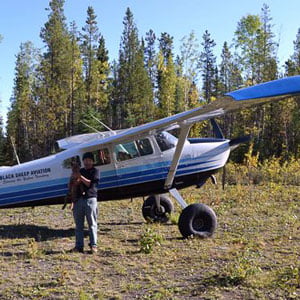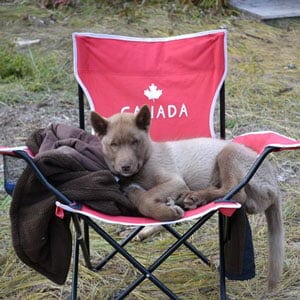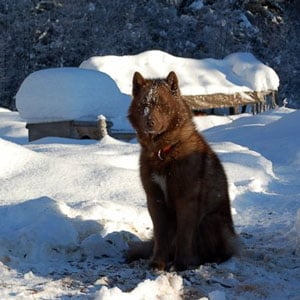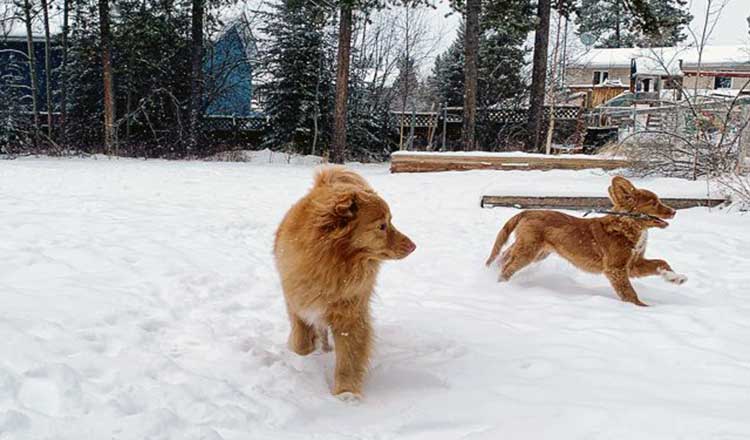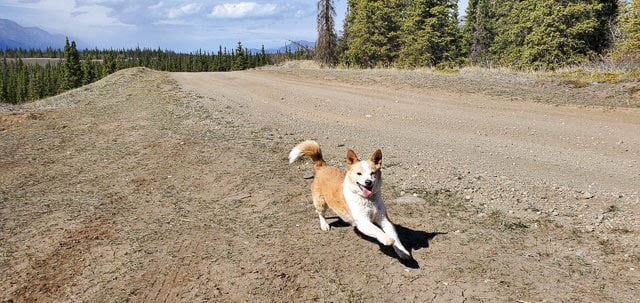Readers of What’s Up Yukon may remember the Aug. 1, 2018, article in which I described my attachment and fondness for my Canadian Eskimo dogs, past and present. I talked about the role they play in providing an effective distant early warning against the threat of bears and moose during the five months each year I spend on a remote trapline in the southeast Yukon.
This breed of dog is very pack-oriented, perhaps more so than the other Spitz breeds. For this reason, and to assist me with other tasks on my trapline, I was anxious to acquire two male pups to join my existing lone female, Meeka Mike. Shortly before departing for my trapline in late August, I became aware of a recent litter born right here in Whitehorse.
Kelly Magill, the breeder, told me there was one male pup available. He was born June 1, making him 10 weeks old. The timing was perfect, as I was days away from heading down to Watson Lake and flying into camp. Magill told me he was red, so I quickly decided to name him Eric the Red. In actuality, young Eric was more like a Siamese cat, but my past experience with this breed told me that as he matured and developed his winter coat, he would indeed be aptly named.
When I took Eric into my care, we were only days away from flying in. He wouldn’t see another human for four or five months. Wanting him to be properly socialized, I took him on shopping trips to town so he could meet people. Eric didn’t like to be put into his travelling crate in the back of my truck. He screamed blue murder. On several occasions I came out of stores to see a group of concerned people gathered around my truck, looking alarmed, wondering what was happening. I solved this issue by keeping him in the cab with me, where he would go straight to sleep. A model travelling companion, he slept with his head on my knee for the long drive to Watson Lake. Back into his travelling crate for the 200 kilometre flight in, he serenaded the pilot and myself until our arrival at the abandoned air strip near camp.
There, Eric and Meeka quickly became great friends. They would play for hours. Eric’s physical and emotional growth and development were interesting to watch. Since these dogs are far less likely to wander, I rarely had to put them on the chain. The exception to this was meal time. Due to the harsh conditions these dogs survived in the Arctic for several thousand years, they are extremely protective of their food. Young Eric quickly learned that going anywhere near Meeka’s bowl, bone, or any other food-related item was a definite misdemeanor that would be dealt with accordingly by the older dog. My five months in the wild passed all too quickly and when we flew back to civilization in late February, Eric was nine months old. In his beautifully thick triple layer coat, Eric proved to be aptly named.

